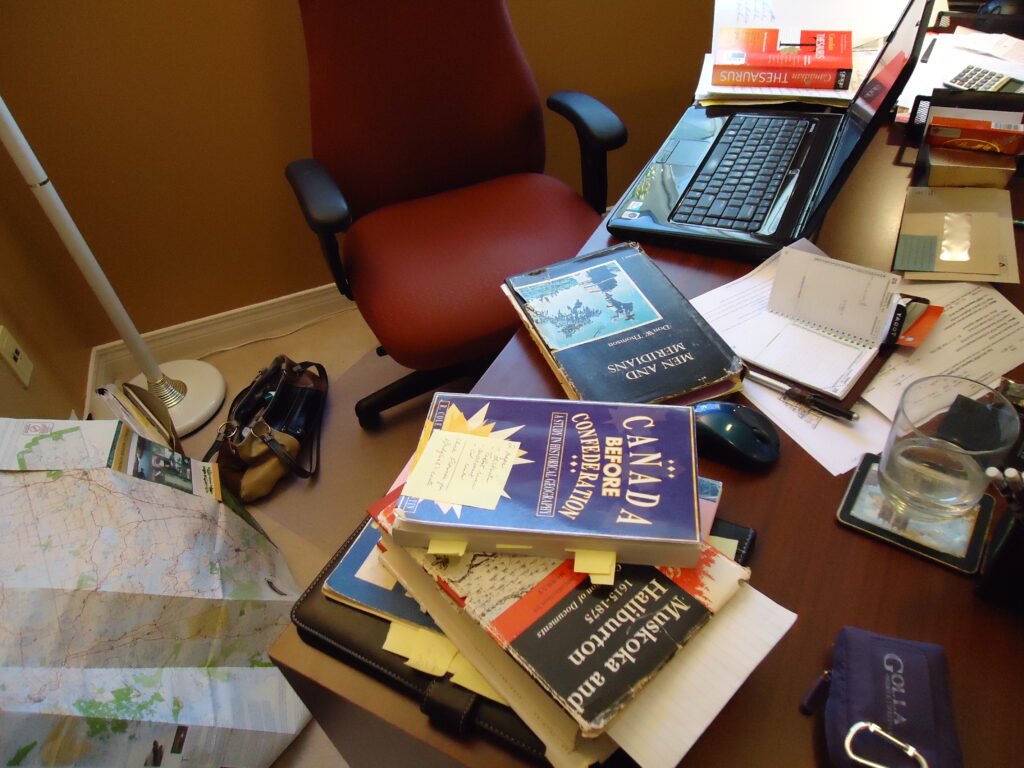WINTER WELCOMES MUSKOKA’S FIRST SETTLERS
What a spectacular winter season we’re having in Ottawa! The canal is open, the ski slopes are crowded, all the outdoor rinks are going full blast. The snow squeaks when you walk on it; snow pellets sting your cheeks.
With every waterproof boot-step I take, with every adjustment of my polar-fleece toque, I think of the first settlers on the Muskoka Road.
They arrived in October 1859. The surveyors had driven stakes into the corners of their lots, but other than that, they had trees. And despite the glorious tinges of autumn leaves, the clock was ticking rapidly towards a winter some of them could not have imagined. Months of frozen isolation under feet of snow thrown down by screaming winds.
Shelter? Better make good use of that axe, my friend, against the old-growth forest. Clear out the underbrush first – saplings as tall as a man, standing in a tangle of grasses. Pile that over to the side of where you’ve decided to make your clearing. Hack down some of those giant pines – they’ve stood for an eon growing trunks so wide two men can’t reach each other from opposite sides.
Get busy. Make some logs and pile them, still barked and round, on top of each other, then scrounge around for some moss and – if you can find it – some clay to stuff in the spaces. Lay a few more logs across the top for a roof – remembering to leave an opening as a chimney, since you couldn’t afford to bring a stove. The fire will double as a heater and a place to cook.
You might use a blanket to cover that doorway, but chances are you’ll rip that down to wrap around you one frigid night. You want a table to sit at? A block of wood. A chair? More wood. Then for a mattress some soft, fragrant tamarack boughs.
It’s too late in the season to plant anything, so I hope you’ve laid in some salt pork and flour. You’ll be walking a kilometre or so to the Severn River for water to stir in with your flour to make bannock. Jackson’s store is there, but he’s just opened up and has to walk 19 kilometres to Orillia for supplies. Maybe he can sell you some wool stockings and moccasins – oh, and ask him for a buffalo skin robe, and some fur-lined gloves too, if you can afford it…
Can you imagine the bleakness of that first winter? Dark, lonely and freezing cold – and boring, with nothing much to do but try to survive into another day.
I think I’ll go turn on my gas fireplace and put the coffee-maker on. Maybe go for a walk later, with my gortex and thinsulate to keep me company.
